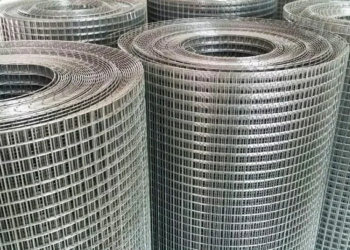The world has become one step closer to creating a «robo-cat». Many mammals use special long hairs on their faces to sense invisible objects. The researchers decided that artificial antennae could help robots «see» the world around them, but until now, the creation of such sensors has been too difficult and ineffective.
Using supernova materials, the research team has developed electronic antennae that mimic natural ones in their sensitivity and size. Scientists have coated flexible silicone rubber filaments with a mixture of long chains of carbon atoms — carbon nanotubes — and tiny clusters of silver molecules, that is, silver nanoparticles. Carbon nanotubes provide flexibility and durability, while silver nanoparticles measure small changes in tendril load. When bending any antennae, its electrical resistance changes inside it. By passing a weak current through the tendril, the researchers measured the change in resistance and, accordingly, the bending force. This design has shown ten times higher sensitivity than previous versions: each tendril is able to determine the pressure equivalent to the pressure of a paper bill on the table, researchers reported this week in the Proceedings of the National Academy of Sciences..
The team of scientists claims that the technology they have developed will help engineers create better and more durable electronics, such as flexible heart rate sensors, as well as innovative sensors for robots..









